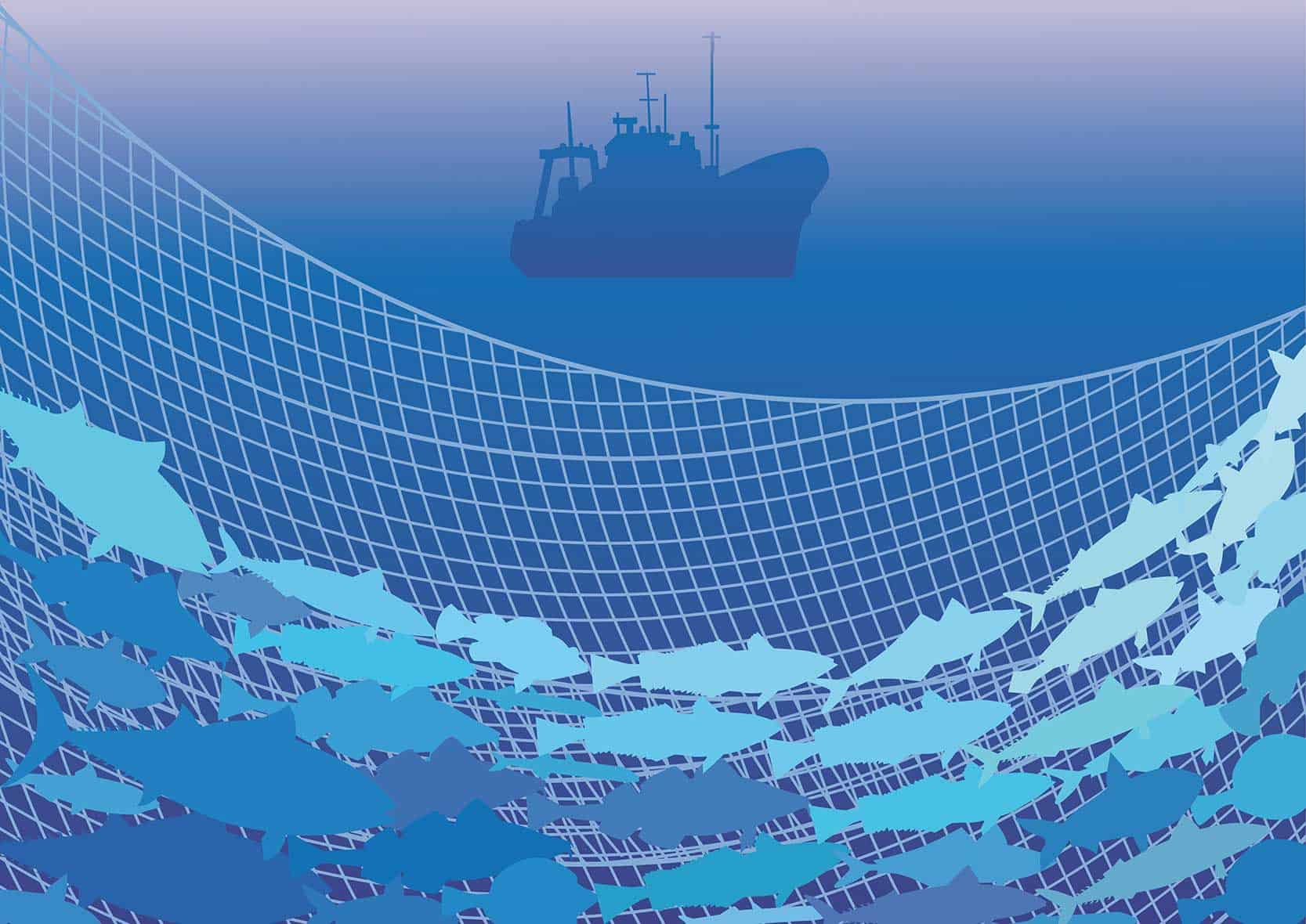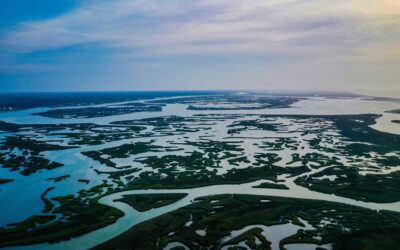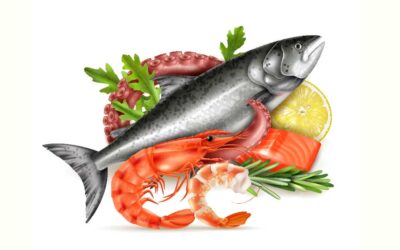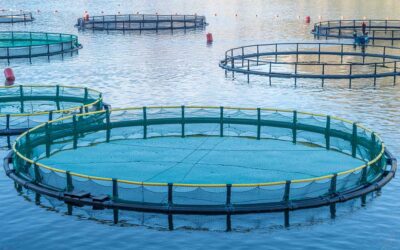Introduction
Climate change is not a distant threat for the seafood industry — it is already here. Rising ocean temperatures, changing currents, acidification, and more frequent extreme weather events are reshaping ecosystems and putting pressure on fisheries and aquaculture operations across Australia.
For businesses in the seafood sector, climate resilience is not only a scientific or operational challenge. It is also a legal one. Environmental laws, carbon regulations, biodiversity protections, and sustainability frameworks are evolving rapidly. Non-compliance doesn’t just mean fines — it can mean loss of access to markets, licences, or even the social licence to operate.
This article explores:
- The climate-related pressures facing seafood businesses;
- The processes being adopted to build resilience;
- The legal issues that intersect with sustainability; and
- Practical steps for staying compliant and competitive in a changing climate.
The Issue: Climate Change Pressures on Seafood
Seafood businesses are among the first to feel the effects of climate change. Key pressures include:
- Rising sea temperatures: Altering fish migration patterns and threatening aquaculture productivity.
- Ocean acidification: Weakening shellfish and disrupting ecosystems.
- Extreme weather events: Increasing the risk of infrastructure damage in aquaculture and coastal facilities.
- Habitat loss: From coral bleaching to seagrass decline, ecosystems that support fisheries are under threat.
- Consumer and investor pressure: Demands for proof of sustainability and carbon accountability are growing.
Future trend: Businesses that cannot demonstrate climate resilience will struggle to secure investment, maintain certifications, and access global markets.
Processes: Building Climate Resilience
The seafood industry is already adopting processes to adapt to climate change. These include:
- Environmental Monitoring and Science
-
- Using real-time data on water quality, temperature, and biodiversity.
- Collaborating with universities and research bodies on climate adaptation.
- Sustainable Aquaculture Practices
-
- Shifting towards lower-impact farming systems.
- Developing feeds with reduced carbon footprints.
- Investing in renewable energy for aquaculture operations.
- Climate Adaptation Plans
-
- Businesses are drafting strategies to reduce vulnerability to extreme weather.
- Industry bodies are developing sector-wide frameworks for resilience.
- Certification and Reporting
-
- Participating in sustainability schemes (MSC, ASC).
- Producing environmental, social, and governance (ESG) reports for investors and regulators.
These processes are critical, but they also create legal responsibilities and risks.
Legal Issues: Where Climate Meets the Law
- Environmental Law and Compliance
-
- Licensing and permits increasingly require proof of sustainable practices.
- Pollution and emissions laws apply to aquaculture operations and processing plants.
- Biodiversity protections restrict activities in sensitive ecosystems.
Risk: Non-compliance can result in loss of permits, fines, or legal action from regulators and community groups.
- Climate-Related Corporate Obligations
-
- Directors now face expectations to consider climate risk under corporate governance law.
- Investors demand ESG reporting and disclosure of climate-related risks.
- Misleading or inadequate disclosure may lead to “greenwashing” claims.
⚠️ Risk: Shareholder litigation, ASIC enforcement, reputational damage.
- Carbon Regulation
-
- Australia’s Safeguard Mechanism applies to larger emitters, including processing and logistics operations.
- Carbon reporting requirements may expand in coming years.
- Businesses may need to purchase offsets or reduce emissions intensity.
Risk: Penalties for non-compliance, increased costs, supply chain disruption.
- Supply Chain and Contractual Risks
-
- Export buyers increasingly require suppliers to meet sustainability standards.
- Climate events can disrupt supply, triggering contract disputes.
- Force majeure clauses are being tested by climate-related events.
Risk: Contract breaches, liability for non-delivery, market exclusion.
- Future Litigation and Activism
-
- Climate litigation is on the rise globally, including actions against companies for contributing to emissions or failing to disclose risks.
- Seafood businesses could face claims from communities or stakeholders affected by climate impacts.
Risk: Expensive litigation, reputational harm, increased insurance costs.
Practical Steps for Businesses
Seafood businesses can strengthen their legal and operational resilience by:
- Auditing environmental compliance to ensure licences and permits reflect current practices.
- Integrating climate risk into corporate governance and board reporting.
- Reviewing contracts to include clear terms on sustainability, supply disruptions, and force majeure.
- Developing ESG reports that meet legal disclosure standards and investor expectations.
- Investing in renewable energy and low-carbon operations to reduce exposure to carbon regulation.
- Engaging with stakeholders (communities, investors, regulators) to demonstrate transparency and build trust.
Looking Ahead: The Legal Future of Climate and Seafood
The legal landscape for climate and seafood is only getting more complex. We expect:
- Tighter regulation of emissions, biodiversity, and aquaculture practices.
- Mandatory ESG reporting for larger seafood businesses.
- Expansion of carbon markets and offset requirements.
- Growth in climate litigation from investors, consumers, and communities.
- Integration of science into law — regulators relying on environmental data to enforce compliance.
For seafood businesses, legal preparedness will be as important as technical adaptation in surviving and thriving under climate change.
Conclusion
Climate resilience is no longer optional. It is a legal and commercial imperative for every seafood business. Those who fail to adapt risk not only environmental harm but also legal penalties, investor pressure, and loss of market access.
By embedding compliance, transparency, and proactive legal strategies into their climate response, seafood businesses can secure both resilience and reputation.
At Aquarius Lawyers, we work with operators across fisheries and aquaculture to design climate-ready legal frameworks — from compliance audits to ESG reporting and contractual protections. Because in a warming world, sustainability must be secured by law.




